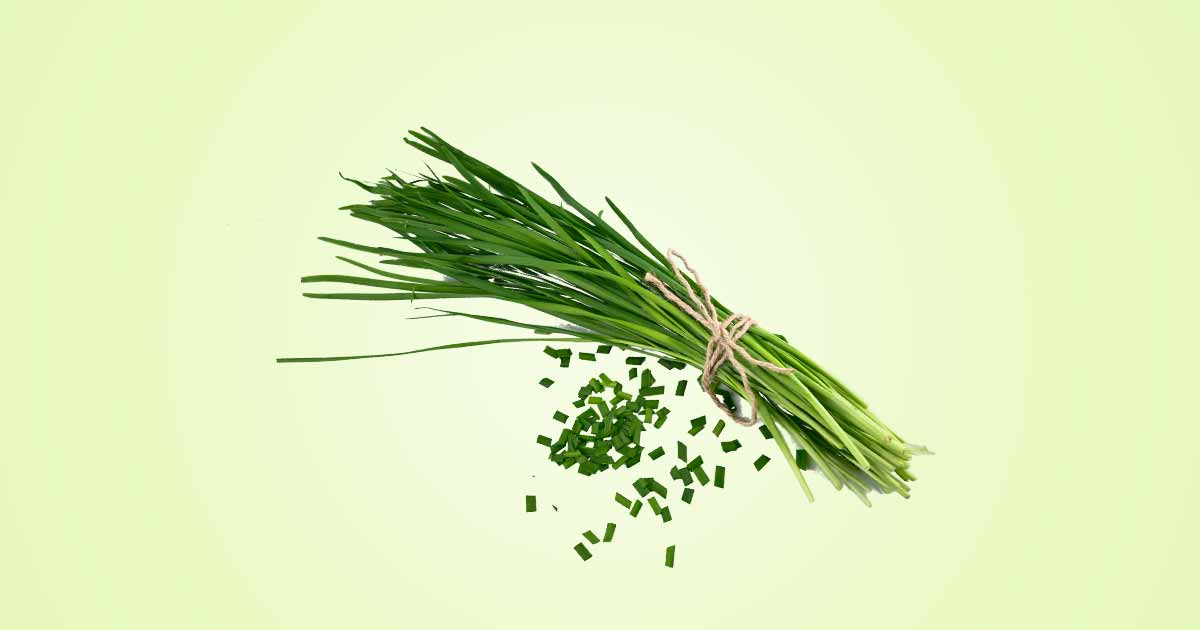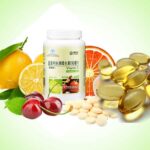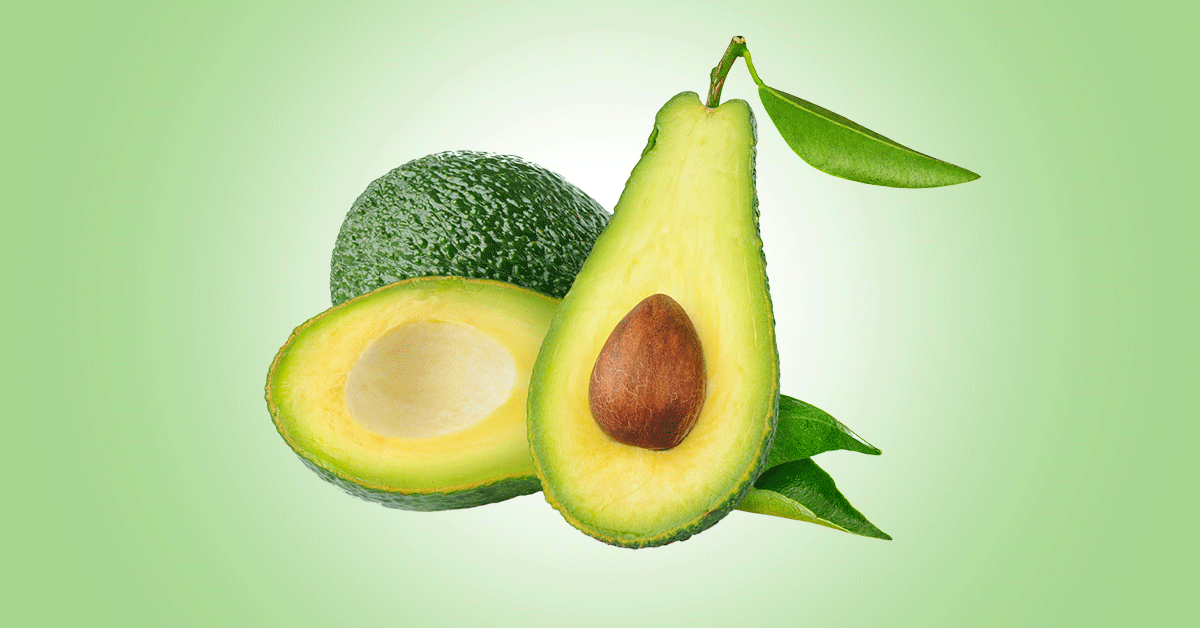Chives (Allium schoenoprasum) is a plant in the lily family (Liliaceae), and Allium genus alongside onions, garlic, leek, and shallot. It is grown as both a culinary plant, with the mild onion flavor, and also for the medicinal value.
Chive is native to Europe and Asia, and possibly, North America. It is a herbaceous perennial plant that has similarity to garlic chives (A. tuberosum), a perennial plant with larger bulb, brighter green, flatter and more angular leaves and white flowers in the fall, and garlic flavor.
Chives grows in dense clumps of slender bulbs, with each bulb producing hollow tubular leaves. The leaves are blue-green and soft textured. It appears in the spring, and continues to produce leaves throughout growth. Harvesting is done when the leaves are about 6″ long, although the older leaves are tougher than the new ones.
A papery bract surrounds each inflorescence, and it splits open at flowering. The pink to pale purple round globes has many small, tightly packed, star-shaped florets. The inflorescence typically has 10-30 individual flowers, each with six tepals. Chives grow best in rich, well-drained soil with good sunlight.
Some important cultivars of chives include Album’, ‘Curly Mauve’, ‘Forescate’, ‘Pink Giant’, ‘Snowcap’, ‘Profusion’, and ‘Marsha’.
As a culinary vegetable, both the leaves and flowers are edible. The leaves are chopped into small pieces and used as seasoning or garnish, sprinkled on the food such as salads, soups, vegetables, and sauces.
Nutritional Composition
A 100 g of raw chives contain 90.6 g of water, 3.27 g of proteins, 4.35 g of carbohydrates, 0.73 g of fats, 1.85 g of sugars, 1 g of ash, 2.5 g of dietary fiber, and 30 kcal of energy.
Minerals: potassium (296 mg), calcium (92 mg), phosphorus (58 mg), magnesium (42 mg), sodium, iron, zinc, copper, manganese, and selenium.
Vitamins: Vitamin C (58.1 mg), niacin, riboflavin, folate, vitamin B-6, pantothenic acid, choline, vitamin A, vitamin E, vitamin K
Bioactive Compounds
There are fatty acids, amino acids, phenolic compounds, organosulphur compounds (allicin), triterpenoids (deltonin) and saponins (furostanols, spirostanols), sugars (I-ketose), glycerides (monoacylglycerin, diacylglycerin, triacylglycerin), sterols (sitosterol, stigmasterol, campesterol)
Chives contain good quantities of carotenoids such as beta-carotene, lutein + zeaxanthin, and also chlorophyll compouds, which impacts green color to the plant. Anthocyanins are found in the leaves and flowers. They include cyanidin 3-acetylglucoside, cyanidin 3-glucoside, cyanidin 3-(6-malonylglucoside) and cyanidin 3-(3,6-dimalonylglucoside).
Phenolic acids include gallic acid, coumaric acid, chlorogenic acid, caffeic acid, ferulic acid and rutin while other phenolic compounds such as quercetin, kaempferol, myricetincatechin, epigallocatechin and epicatechin gallate are obtained. Unsaturated fatty acids such as linoleic and linolenic, and saturated fatty acids like palmitic acid are also obtained.
The essential oils of chives contain mainly organosulfur compounds such as methyl propyl trisulfide, (E)-1-propenyl propyl disulfide, dipropyl trisulfide, (E)-1-propenyl propyl trisulfide, and dipropyl disulfide. Among these volatile compounds, allyl methyl sulphides and dimethyl sulphides are the main constituent. Also, sulfur containing compounds, folionins A1, A2 and B, have been isolated.
Health Benefits of Chives
Fresh chives have pharmacological effects such as anti-inflammatory, antimicrobial, anticancer, antioxidant, anthelmintic, and antihypertensive activities.
Antioxidant effect:
Different parts of chives such as the bulb, leaf, and stalk contain antioxidant compounds such as phenolic compounds, flavonoids, chlorophylls a and b, carotenoids, vitamin C. Leaf extract showed more antioxidant property. They boost antioxidant enzymes like superoxide dismutase, catalase, peroxidase, glutathione peroxidase.
Anti-inflammatory effect:
In a study by A E Parvu et al. (2014), to test the anti-inflammatory effects of the extracts from A. schoenoprasum leaves, using turpentine oil-induced inflammation in rats models, there was an inhibition of phagocytosis through the reduction of nitro-oxidative stress.
Hepatoprotective activity:
In a study by Yılmaz Koçak and Ufuk Mercan Yücel, using Allium schoenoprasum extract against carbon tetrachloride (CCl4) induced hepatotoxicity in rats, there was a decrease in total cholesterol, low-density lipoprotein, very-low-density lipoprotein (VLDL) and triglyceride.
Carbon tetrachloride (CCl4) cause lipid damage through lipid peroxidation. Its radicals bind directly bind to the hepatocyte cell membrane and cause cell destruction. It also causes necrosis, inflammation, and adiposity to the hepatocytes.
Flavonoid constituents like quercetin, kaempferol, anthocyanin, vitamin E and selenium, help to prevent reactive oxygen species damage to the liver, and also reduced aspartate aminotransferase (AST) and alanine aminotransferase (ALT) enzyme levels.
Antimicrobial activity:
Allium vegetables have a strong antimicrobial compound, called allicin (S-allyl-l-propenethiosulfinate)
Chive extract shows a dose-dependent inhibition of Escherichia coli, Staphylococcus aureus, Shigella dysenteriae, but not against Lactobacillus acidophilus (Sihombing Dewi Restuana et al., 2018). The alcoholic extract inhibits B. cereus, E. coli and V. cholerae significantly.
Anticancer activity:
Allium vegetables such as onions, shallots, garlic, leeks, and chives contain s sulfur and organic compounds like S-allyl mercaptocysteine, quercetin, flavonoids, and ajoene. They reduce the risk of certain cancers, such as digestive cancer. They could also prevent other forms of cancers such as breast cancers, Ehrlich carcinoma. Chives could also attenuate erythrocyte deformability in sickle cell anemia patients.
Weight loss:
Chives contain very low calories, high dietary fiber, and no cholesterol. Dietary fiber decrease serum cholesterol. It also improves satiety and reduce food intake.
Eye health:
Chives contains the xanthophyll pigment, lutein and zeaxanthin which helps to curb visual loss or eye disease, by protecting against harmful UV rays from the sun. They are also strong antioxidant compounds that delays the progression of eye diseases such as age-related macular degeneration (AMD) and cataracts.
Cardiovascular diseases:
Allium vegetables contain antioxidant compounds that play a good role in preventing oxidative stress and damage. They also lower cholesterol, triglycerides, and low-density lipoproteins that could cause cardiovascular diseases. Potassium, a mineral that is abundant in chives also helps to modulate blood pressure.
Effect on diabetes:
Administration of doses of Allium schoenoprasum in male streptozotocin-induced diabetic rats caused a decrease in serum glucose, serum triglyceride and LDL-cholesterol level and increase in serum HDL-cholesterol (Roghani M (PhD) et al. 2010)
Digestive effect:
Chives improve the appetite and also boost digestion. It has high dietary fiber, which helps to add bulk to the stomach and improve bowel movement while reducing constipation.
Reference
- https://fdc.nal.usda.gov/fdc-app.html#/food-details/169994/nutrients
- https://hort.extension.wisc.edu/articles/chives-allium-schoenoprasum/
- https://www.aprifel.com/en/nutritional-sheet/chives/
- https://doi.org/10.1002/ptr.1472
- https://iopscience.iop.org/volume/1755-1315/205
- http://goums.ac.ir/journal/browse.php?a_id=661&sid=1&slc_lang=en
- https://jag.journalagent.com/ejm/pdfs/EJM-64614-ORIGINAL_ARTICLE-KOCAK.pdf
- http://casopisi.junis.ni.ac.rs/index.php/FUPhysChemTech/article/view/4317
- https://pubmed.ncbi.nlm.nih.gov/24781739/












